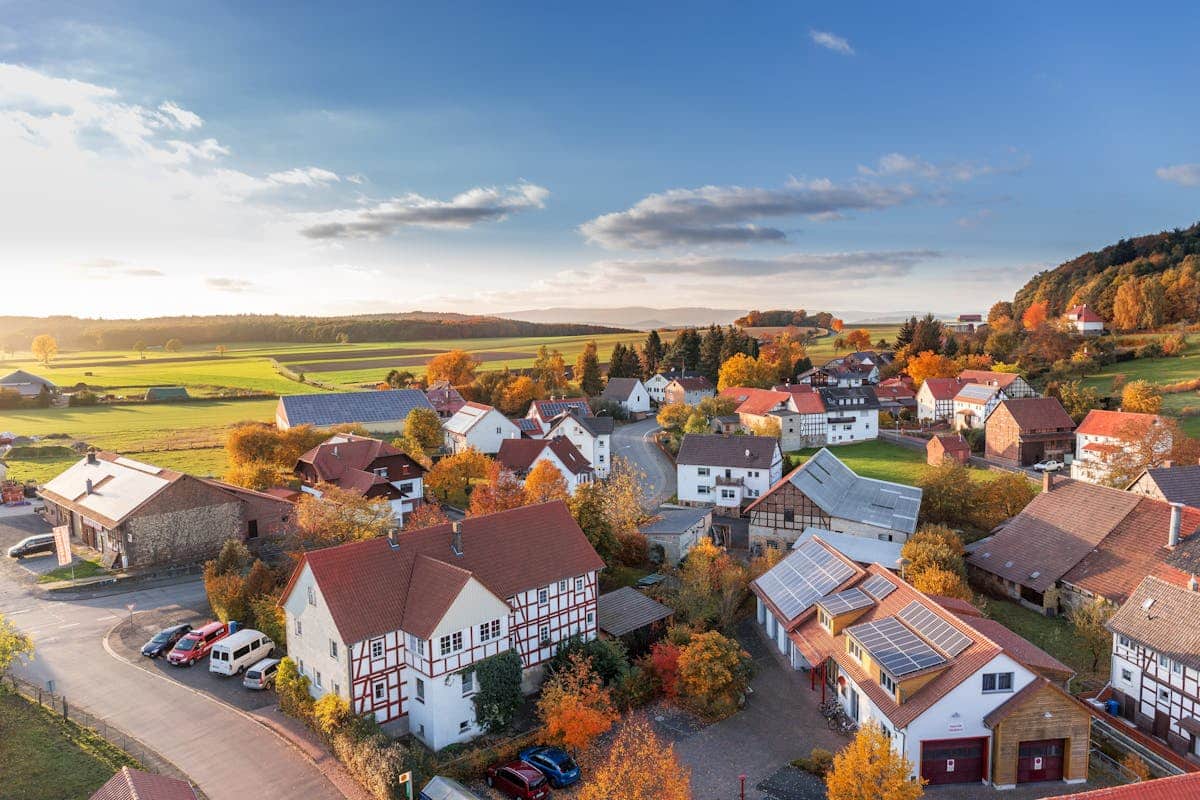Table of Contents
In the mid-1930s, the Housing Act of 1937 paved the way for public housing projects as part of the New Deal. In following decades, urban planners leveled existing neighborhoods throughout the U.S. and replaced them with high-rises. These buildings quickly fell into disrepair and became prone to criminal activity and dangerous conditions. Their goal, it seemed, was not to revitalize but to isolate communities.
It is now widely understood that you can’t get far by concentrating poverty and depriving a community of its natural interconnections. Strong, vibrant neighborhoods become that way because they’re naturally full of foot traffic and desirable public spaces. In more recent decades, urban planners have focused on developing economically diverse, mixed-use communities. Here are some ways that better schools and parks can help contribute to these positive changes.
Movement and Exercise
Many underserved communities lack access to both public spaces and gyms. Developers may avoid building facilities in these areas because of perceptions about safety or profitability. Where recreational spaces do exist, they may be out of the way, inconvenient, insufficient, or economically inaccessible for residents. For these reasons (among others), residents in underserved areas tend to experience higher rates of cardiovascular disease.
Well-designed schools, parks, and playgrounds can help alleviate this problem by giving children and adults places to build good exercise habits. Slides, ladders, and monkey bars create natural opportunities for movement. Even the simple act of swinging on—or pushing—a metal swing set can provide more physical activity than staying home in front of screens. Adding resources like outdoor exercise equipment can be a total game changer for communities.
Access to Nature
Communities in urban centers often lack access to even basic amounts of green space. Or, those green spaces may serve little practical purpose. Earlier developers designed high-rise buildings surrounded by virtually useless landscaping that served little function beyond lengthening walks to school or work. Smart, contemporary planners understand that planting a few trees in a parking lot isn’t enough.
Modern parks built in the centers of busy, flourishing communities provide a respite from concrete surroundings. When they’re designed and located well, they create spaces for residents to pause, breathe fresh air, and enjoy natural elements like birds and trees. Schools can also provide access to greenery if designed thoughtfully. These natural spaces, done right, can lower stress levels and improve environmental and health outcomes for the whole community.
Third Spaces and Social Bonds
Loneliness and isolation are critical factors in depression, anxiety, and even vulnerability to addiction. Parks, playgrounds, and schools in urban centers can create crucial places for citizens to congregate. Children can build friendships and strong, potentially lifelong bonds with their neighbors. Adults and the elderly can have places to read in community, chat with other residents, and build casual connections.
Key to all this is the placement of these important community “third spaces.” Jane Jacobs wrote in The Death and Life of Great American Cities, “You can neither lie to a neighborhood park, nor reason with it.” Part of what she meant is that you can’t stick a park or playground in an out-of-the-way corner and expect people to use it. It needs to be centrally located in a place with pedestrian traffic so that a diversity of people will use it daily.
Knowledge, Awareness, and Empowerment
In addition to providing spaces for gathering, parks, schools, and playgrounds can open up individuals’ minds. They become places for residents to share news and ideas and even hold community meetings. In isolation, residents can’t work together to develop public proposals, protest flawed local government initiatives, or resolve community issues. In shared spaces, they can meet, share information, and empower each other with knowledge.
The impact can be powerful and widespread: citizens can gather to address local concerns, demand more public resources, and drive major social change. They can also discuss new business ideas or public art projects, create hobby groups and sports teams, and find countless other ways to bring people together. When diverse people gather in public spaces, the potential for positive change is virtually unlimited.
Economic Drivers
Well-designed schools, parks, and playgrounds can serve as drivers of economic change. When local governments and other funders invest in these spaces, they become attractive and welcoming to outsiders. People from surrounding areas might be motivated to visit local parks and playgrounds. Parents who drop their children off at a local school might linger longer if there’s an inviting third space to chat with other parents.
The result is more people entering the community and spending time there. If parks and schools are located near local businesses, visitors will spend money at local stores and coffee shops. Local governments will notice the change and invest more in developing the community with better funding and resources. This positive cycle perpetuates itself, and over time, the flow of resources into the community continues to deepen.
Building a Better Future
To build better communities, developers, citizens, and government officials need to focus on making neighborhoods more inviting. That means less isolation and more interconnection; more public resources and less segregation. Schools and parks, along with other third spaces, are critical parts of the solution. However, they need to be planned and located thoughtfully and invested in continuously to keep them inviting and well-maintained for all community members.


